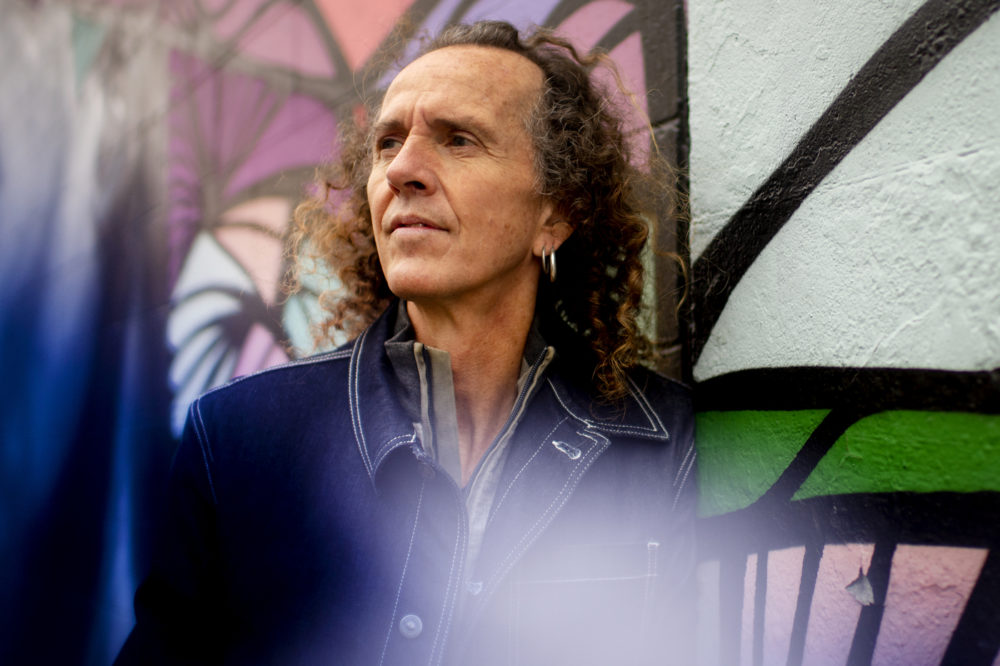Professor of music and media and screen studies Murray Forman remembers when he first became “hip-hop identified,” hearing the opening lyrics of Grandmaster Flash and the Furious Five’s “The Message: “It’s like a jungle sometimes / it makes me wonder how I keep from going under.” It was 1982, almost a decade after the time many pinpoint as the birth of the genre: a 1973 performance by DJ Kool Herc at a party in the Bronx.
As hip-hop turns 50 this year, some of its most legendary figures are also entering middle and retirement age. Chuck D, who created the group Public Enemy with Flavor Flav in 1985, is now 62. Grammy-winner LL Cool J’s youngest daughter, Nina-Symone, is 22 and has released three EPs of her own since 2019. First Lady of hip-hop Queen Latifah, 52, has been working consistently for 34 years. Forman sees the same process happening to hip-hop fans like himself, too, “going to conferences and shows, looking around and saying, damn, I’ve known these guys for 25 years, and they have a whole lot more grey in their hair!”

But it’s not just the practical reality of a whole swath of the industry hitting their 60s at once that Forman finds interesting. “OG takes on a new meaning,” he notes, “from original gangster to old in the game.” His aptly titled forthcoming monograph, “Old in the Game: Age and Aging in Hip-Hop,” captures this evolution and examines how hip-hop artists’ approach to getting older might affect the wider culture’s, reframing aging from the stereotypical notion of a retreat into physical decline into more of a second act, requiring some hustle.
For artists like Jay-Z, this means brining audiences along through new life stages in his lyrics. “In his formation, he was talking about being on the street, getting money, and being young,” Forman says. “Now he’s in another type of formation, [where he has what he was striving for] and we still want to listen to what he has to say.”
Meanwhile, rappers whose main enterprise is performing their classic hits live focus on delivering an experience — one that may require them to hit the gym to stay in shape, like Chuck D of Public Enemy. For others, middle age is a time to step away from music altogether and turn to other entertainment outlets: Ice T and Queen Latifah have both appeared on “Law & Order” and “The Equalizer,” respectively; Grand Master Flash and Nas helped produce Baz Luhrmann’s “The Get Down” on Netflix.
Forman isn’t surprised by these artists’ ability to change course. “Hip-hop has always been about a certain kind of hustle,” he says. “It’s a grind. You stay on it. And when you when you encounter a barrier, you go through it, you go around it, you deconstruct it. It’s always about finding opportunities.”
It’s an ethos that applies even to “That’s the Joint: The Hip-Hop Studies Reader,” the textbook Forman coauthored with Mark Anthony Neal. The authors are working on a third edition with publisher Routledge, due out this year, to keep it up to date as the genre evolves. “There wasn’t really something called “hip-hop studies” until we came out with that, and I’m quite proud to think that we did have a big influence on this academic field,” Forman says.
He argues that underlying all the aspects that make up hip-hop is a so-called “fifth element” of knowledge and history — its passing down and its accumulation as important as talent for deejaying, emceeing or b-boying. “They all have to have an element of knowledge, so reading, writing and research: that’s hip-hop,” he says.
“The academy needs hip-hop more than hip-hop needs the academy,” Forman points out. “If you’re going to study hip hop, you have to make sure you bring the heat, that you’re rigorous; so that’s what we’ve been trying to do.”


